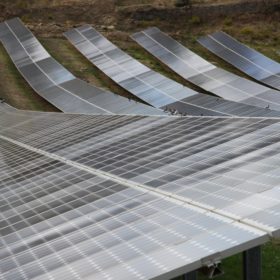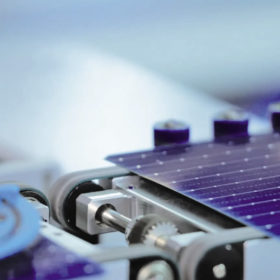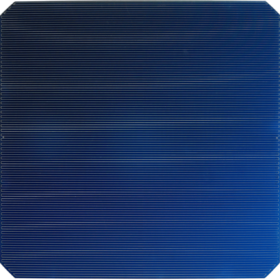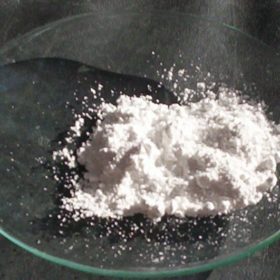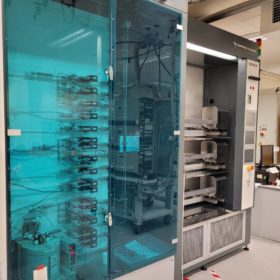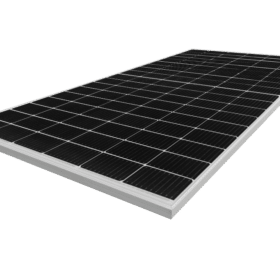Chinese PV Industry Brief: Tongwei, Jolywood raise solar cell prices
Tongwei and Jolywood announced higher cell prices, while Maxwell revealed that it has signed a deal to sell 4.8 GW of heterojunction PV production equipment to Golden Glass.
Improving n-type TOPCon solar cells
Scientists in China have studied the formation of contacts in tunnel-oxide passivated contact (TOPCon) solar cells, and the role of high-temperature annealing processes on the quality and performance of cells. Their findings could open up pathways for scientists looking to squeeze even more efficiency out this rapidly growing cell technology.
Laser-enhanced contact optimization improves TOPCon solar cell performance by 0.6%
Scientists in Germany have improved the efficiency of an industrial TOPCon solar cell from 23.8% to 24.1% by using laser-enhanced contact optimization as a post-firing treatment.
Gallium doping keeps p-type in the frame
Scientists at Germany’s Fraunhofer Institute for Solar Energy Systems (ISE) have investigated gallium-doping in p-type silicon wafers as a route to better performance. Testing these specially produced p-type wafers in TOPCon and heterojunction cell architectures, which several major PV cell manufacturers are gearing up to produce on more expensive n-type wafers, the scientists found that with gallium doping, the p-type wafers can achieve similar or even better cell efficiencies compared to those made so far with n-type wafers.
N-type solar cell with aluminum-titanium passivating contact achieves 21.9% efficiency
Scientists in Australia have demonstrated a new way to apply a passivating contact layer to silicon cells. They produced an n-type cell with aluminum-titanium passivating contact and 21.9% efficiency, and claimed the technique could open up new possibilities for the use of transition metal oxides in cell passivation.
Improving gettering tech for TOPCon solar cells
Scientists in Australia have looked at how gettering technologies could improve passivating contacts based on polysilicon and silicon monoxide (SiOx) for tunnel oxide passivated contact (TOPCon) solar cells. They found that the gettering strength of the P-doped poly mainly depends on the doping concentration.
pv magazine Roundtables: Videos on solar everywhere, PV manufacturing trends, risk sharing in PPA markets, and green hydrogen
On day two of the pv magazine Roundtables Europe event, we focused on minimizing land competition for PV with dual use applications, how high efficiency n-type cells are progressing toward large-scale manufacturing at competitive cost, PV module design choices, how unsubsidized power purchase agreements can adapt and evolve, and the determining conditions for solar-plus-storage and solar-plus-hydrogen business models, among other key PV issues. The last five sessions are now available to view on demand.
Perovskite-silicon tandem solar cell with TOPCon structure hits 27.6% efficiency
A research group led by Chinese manufacturer JinkoSolar has developed a tandem perovskite-silicon cell with a subcell based on TOPCon tech. The group succeeded in reducing voltage losses in the silicon sub-cell by minimizing the shunting probability during device fabrication.
pv magazine Roundtables Europe 2022: Back to the future
Down below, you can see a quickfire summary of some of the events held and points raised on day one of pv magazine‘s Roundtables Europe event.
Historic shipment figures cannot mask huge profit hit for Jinko
With China’s latest pandemic clampdown exacerbating existing costs for raw materials and shipping, big annual rises in solar cell and module shipments added up to a more than 91% fall in income from operations in just three months.
